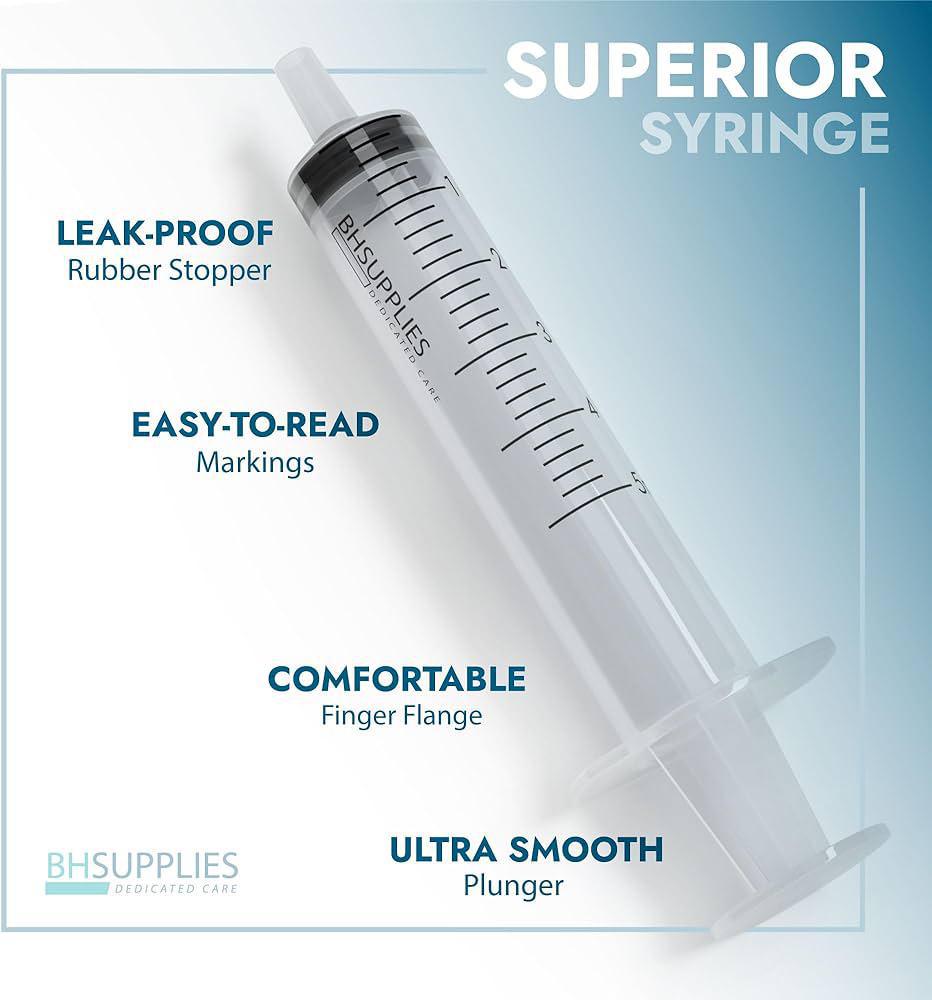One of the most fatal things to a dog, is dehydration. It is the symptom of so many diseases and conditions and unfortunately the only solution is to put them on IV fluids until the issue passes and the dog's immune system prevails and things return to normal in the body.
The scary part of that is, what if you cannot afford to keep them in the hospital on IV? Or what if you're somewhere that you don't have access to ER care? For these reasons, I always recommend knowing how to administer salt water enemas to your dog and keeping a dedicated synringe (sanitized) for use at all times!
Firstly, this can be done on dogs of any age. You can also administer meds and herbs this way if the dog is unable to keep anything down, and I recommend it - if it is the only way. Most dogs with chronic illnesses, like pancreatitis are consistent sufferers of dehydration, so this can come in handy daily. I've also saved countless puppies from parvovirus with this method.
Some things to keep in mind are: knowing when your dog is dehydrated, always use warm water, the type of synringe matters!
Do you know when your dog is dehydrated?
Gently pinch a small amount of skin on your dog’s back and release it. If your dog’s skin does not snap immediately back in place, your dog may be dehydrated. You can also check for dehydration by examining your dog’s gums. Press your finger onto the gums until they look white. When you remove your finger, blood should rush immediately back in turning the gums back to pink. If your dog’s gums are slow to recover, then he or she may be dehydrated. Other signs include:
- Eyes: Sunken or dry eyes, or dull corneas
- Skin: Loss of skin elasticity, or skin that's slow to return to normal when pinched
- Behavior: Lethargy, weakness, or collapse
- Breathing: Fast, short, or staccato breathing, or excessive panting
- Other: Dry nose, mouth, and gums, sticky mucous membranes, or white gums that linger when pressed
Anytime your dog is having consistent diarrhea or vomiting, they will be in danger of dehydration. Fasting is always recommended during these times but that means it's even more important to get fluids into them!
The type of syringe is going to be blunt with a small tip so that getting a good seal to the anus is easy. I have linked to the style I use in my Amazon Storefront. There's no need to get a large one, you want to insert small amounts of water at a time.
How to Perform a Salt Water Enema:
- Mix 1/4tsp salt with 1 cup of warm (not hot, test on the inside of your wrist)
- Stir till it dissolves fully
- Fill the syringe to 3/4 way full
- Brace your pup so they can't run off when they feel the enema (enlist help if you can)
- But the syringe right up to the anus, firmly but not pressing too hard
- Slowly push the syringe to release the saline fluid into the colon
- The water should go right in if they are dehydrated
- Continue with syringes full of saline until the water sprays back out (no, it's not fun but its for survival!!!)
- Repeat up to 6 times a day. Make sure to test their skin between their shoulders for dehydration to determine if a visit to the vet is imminent. The enemas should show results within a few hours.
How will I know if they need it?
My stance is usually that it can't hurt, so...without going overboard for every little thing...I tend to do it if there is a day of diarrhea without eating or drinking. Lethargy and the pinch test on the back will also be solid signs that fluids are needed.
This is a great alternative to giving subcutaneous fluids, which can be super hard if you're a single parent! Questions? Comment below or ask in the Ask Auntie M section! I do hope this is as helpful to you as it has been to me over the years!


